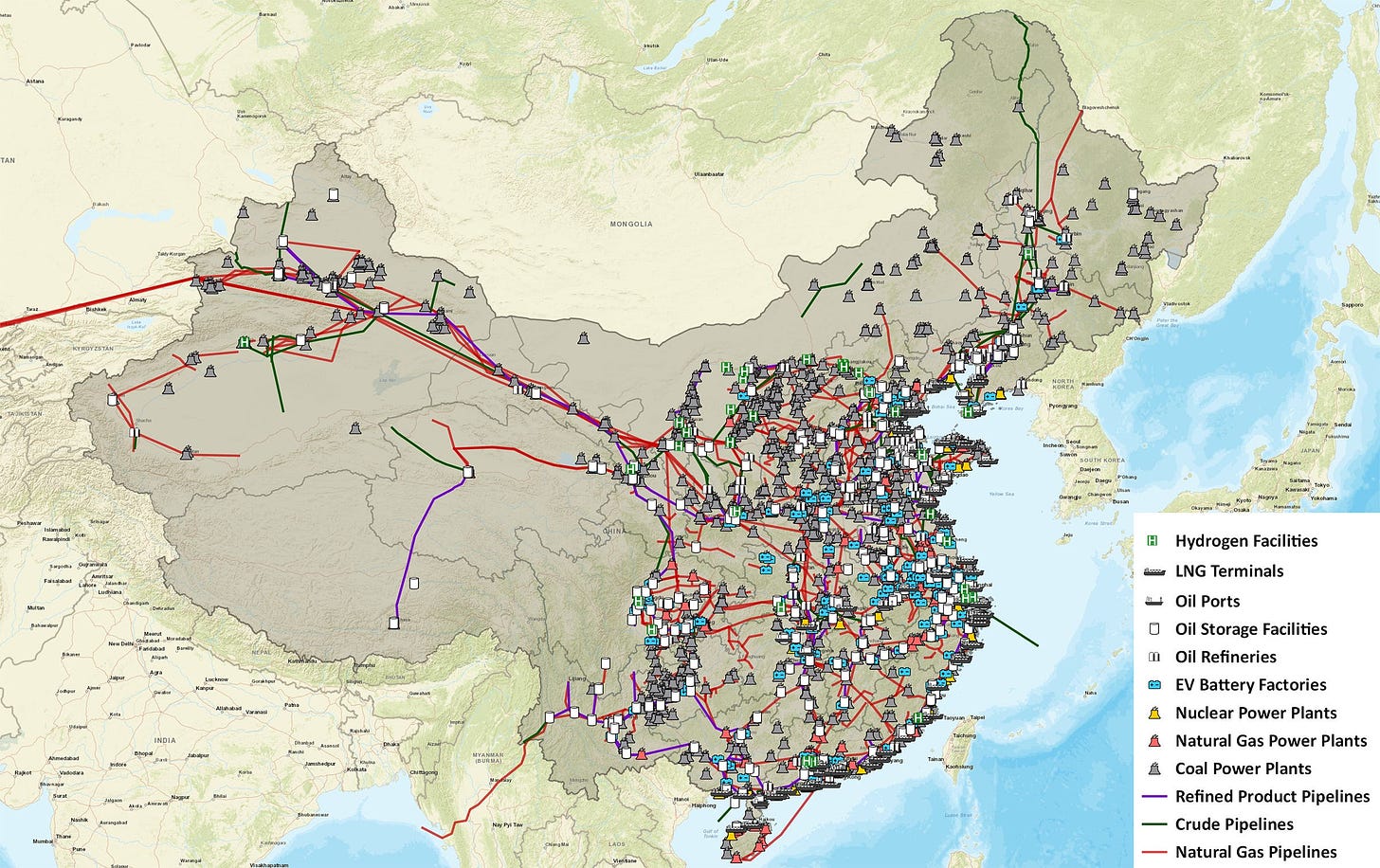Your Climate Minute C02 FERTILIZATION
Plants thrive at concentrations of 600-1000 PPM. WE ARE IN A LOW OF 400 PPM
Image from Food and Drink. Did you know greenhouses fertilize with CO2 probably not. It’s not part of the narrative. People conflate CO2 with pollution and smog. It is no such thing. It helps plants grow. And is even considered a fertilizer. A fertilizer? . Well my mother told me talking to plants help them grow. It turns out it is the exhaled CO2 and not my scintillating conversation that stimulates plant growth. Can you just imagine the types of things my plants would have to endure. Ha!
According to this article CO2 helps plants grow. A lot. So much it is profitable to increase CO2 concentrations.
“Bigger, better and tastier tomatoes with CO2
We have all got used to hearing about CO2 as the great villain in the climate change debate, but it turns out the greenhouse gas can also be used to help nature do its work. How, you ask? In greenhouses, of course.
When CO2 gas is pumped into a greenhouse used to grow tomatoes, cucumbers or lettuce, it boosts photosynthesis, resulting in stronger, healthier plants and increased yields. Whereas normal air has a carbon dioxide concentration of around 400 ppm, most plants fare better in environments with carbon dioxide concentrations of between 600 and 1,000 ppm. When carbon dioxide is added to greenhouse air, it can help increase yields of tomato, cucumber and lettuce by as much as 25-30 per cent. Moreover, carbon dioxide fertilisation also produces earlier harvests and improves the ability of plants to resist disease and pests.
Crop record despite less sunshine
One tomato grower that has decided to put the technology to the test is Viken Tomater, based in southern Sweden. The company employs eight people and has an annual yield of some 260 tonnes of tomatoes. In 2017, Viken Tomater purchased a CO2-fertilisation solution, which consists of a carbon dioxide tank that pumps some 1,200 ppm of CO2 into the greenhouse.
“I had heard about solutions like this, but the numbers seemed too good to be true,” says Mats Olofsson in Viken Tomater. “However, with competition getting tougher, I decided to give it a go. It turns out the information I’d been given was spot on.”
Viken Tomater saw its yield increase by ten per cent. This was despite 2017 being one of the worst sunshine years on record in Sweden – a factor that would normally have made the yield smaller. Furthermore, Olofsson admits the 2017 crop was better than ever.
“The plants were stronger, so we had bigger, plumper, sweeter tomatoes. The customers even commented on how delicious they were,” he says.
The cold ruin the flavour
The average tomato takes approximately eight weeks to grow, from the time it is planted until it can be picked. The tomato season runs from mid-March until the end of October, during which time a grower like Viken Tomater will pick tomatoes every week. The challenge for a tomato grower is to produce as many tomatoes as possible per square metre, without compromising on quality. Viken Tomater uses artificial fertilisers but no pesticides. Meanwhile, fertiliser water is re-circulated back into the greenhouse and energy efficiency is maximised. As the greenhouse is a closed system, no by-products are released into the environment.
Olofsson defines a good-quality tomato as one that is plump and firm and, most importantly, tastes good.
“A tomato should be picked when it’s already ripe and eaten within a week. To maintain its sweetness, it should never be kept in the cold. The one thing that ruins the flavour of tomatoes is transporting or storing them in a refrigerator,” he explains.
Viken Tomater grows about 100 different varieties of tomato but there are several thousand different types of tomatoes in the world. Viken also grows yellow tomatoes, which Olofsson says are only really different to red tomatoes because of the substance that gives them their colour.
“We started growing yellow tomatoes because our son has an allergy to red food, but it turns out he has no problem at all when he eats yellow tomatoes,” he says.
Viken Tomater, and Olofsson, has high hopes for 2018.
“Everything depends on the weather gods,” he says. “If this year turns out to be sunny, I’m confident our harvest will be even better than 2017.”
How fabulous that CO2 is good for plants and not the reverse. The reason they can occupy areas with less water and more heat is because the stomas which are on the bottom of the leaves can be left closed for longer periods. CO2 enters through the stoma. where CO2 concentrations are higher they can leave the stoma closed and water vapour doesn’t leave the leaf through the stoma. It is protective to the plant and increases growth, decreases the need for water. thus areas which were desert can sustain life. That is not the narrative. good news in not permitted. Only fear that shuts us down.
Image from Authenticvintageposters.com
I wonder If globalists are Smokey’s friends. Something tells me no. Not all wars have bullets. In fact, Sun Tzu advises to conquer without fighting. Are we being conquered?
Here is the Baker energy map of China. Thank for your support. Push harder in 2024. It’s coming harder and faster so we respond in kind.






If they could stop their intense/insane chemtrailaing to block the sun rays, we could have good and sustainable gardens and crops... (it's getting worse every year, even ewes's newborns die half the time, something's going on). This topic is horrific, we barely have any sunny days left, then webs of chemtrails paint the sky, followed by a gray sky. More heavy metals and what-have-you sprayed over us!!!! everywhere!!! Going green??? it's a joke!! where do they take the money for these chemicals and planes???